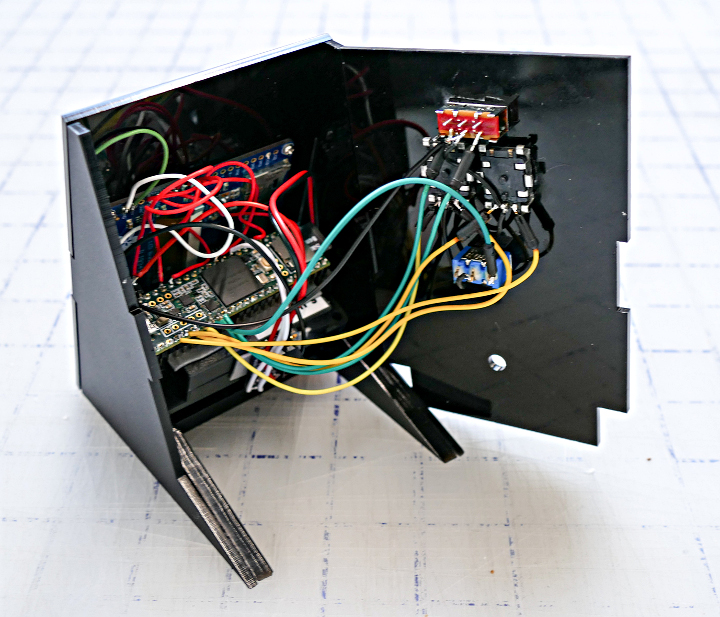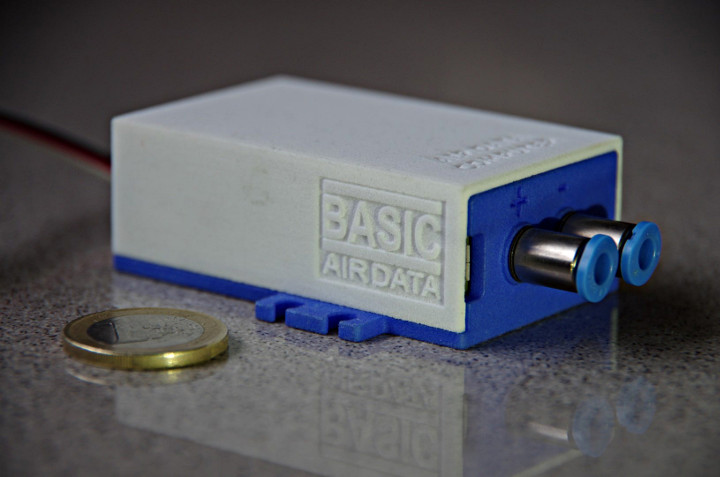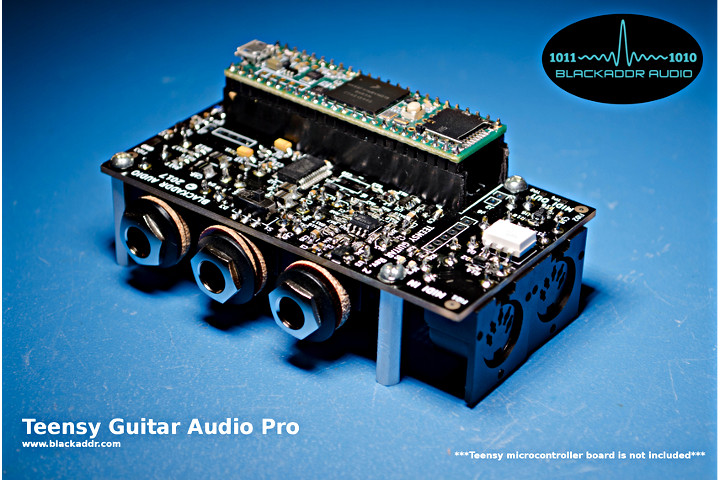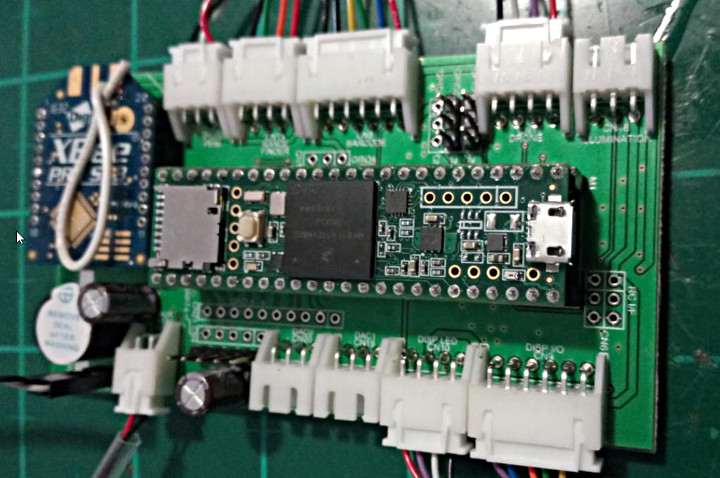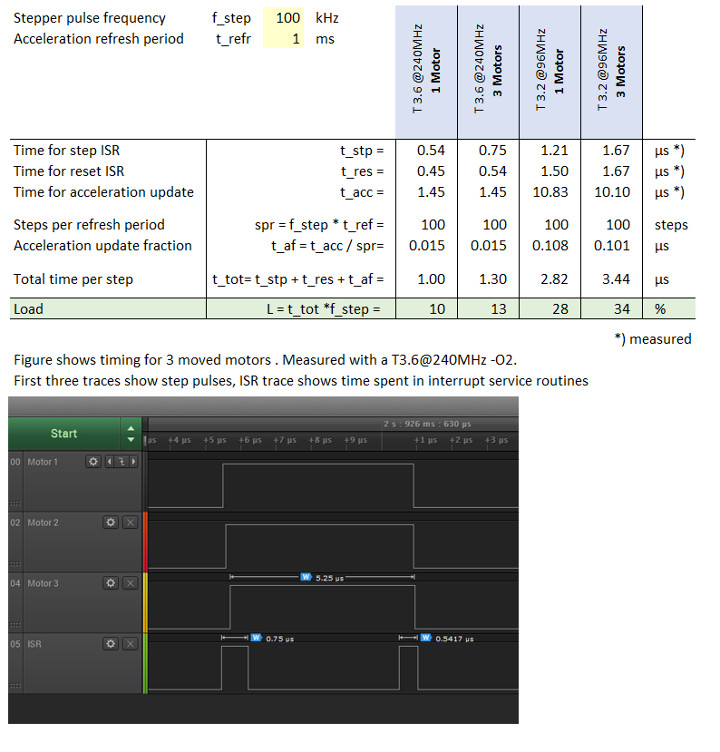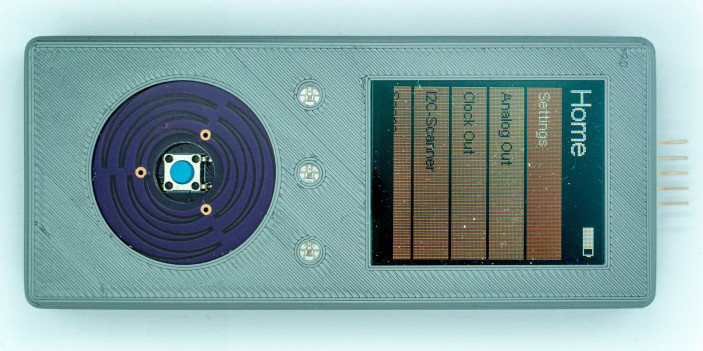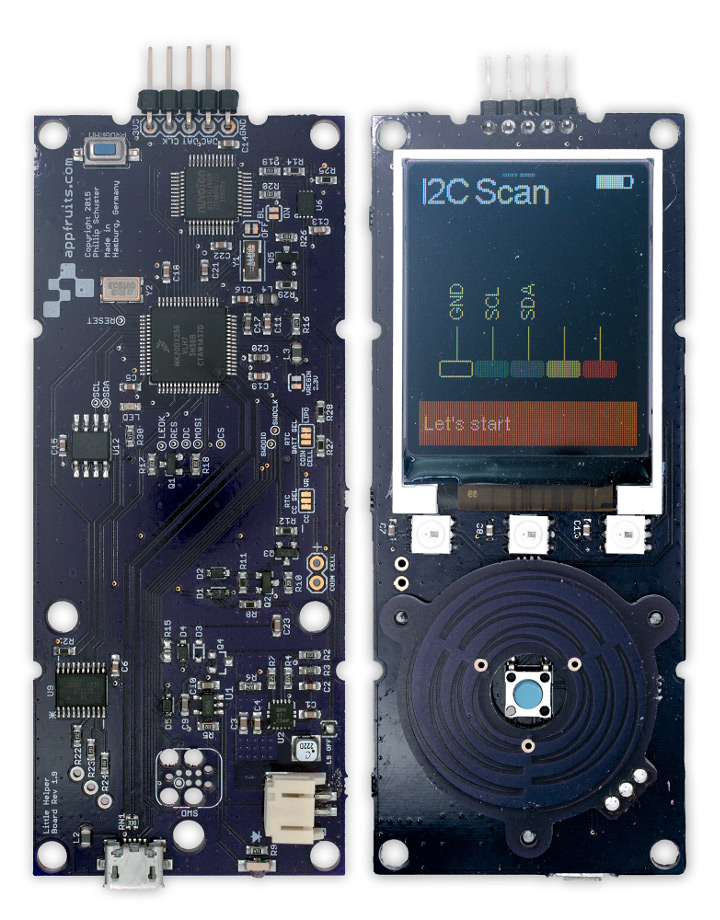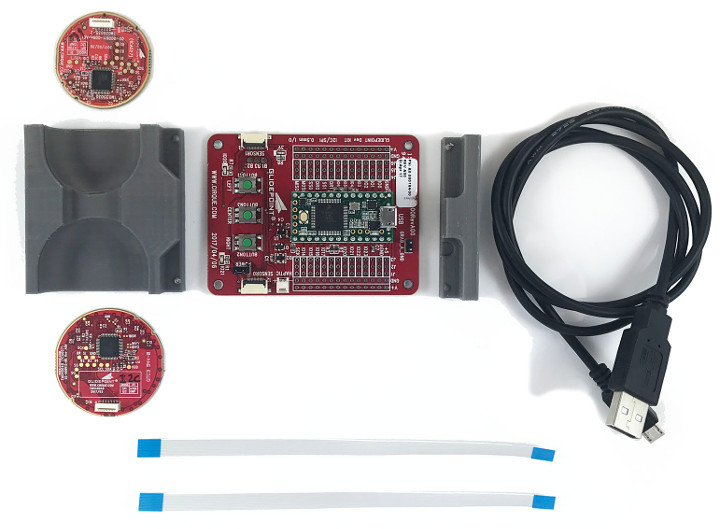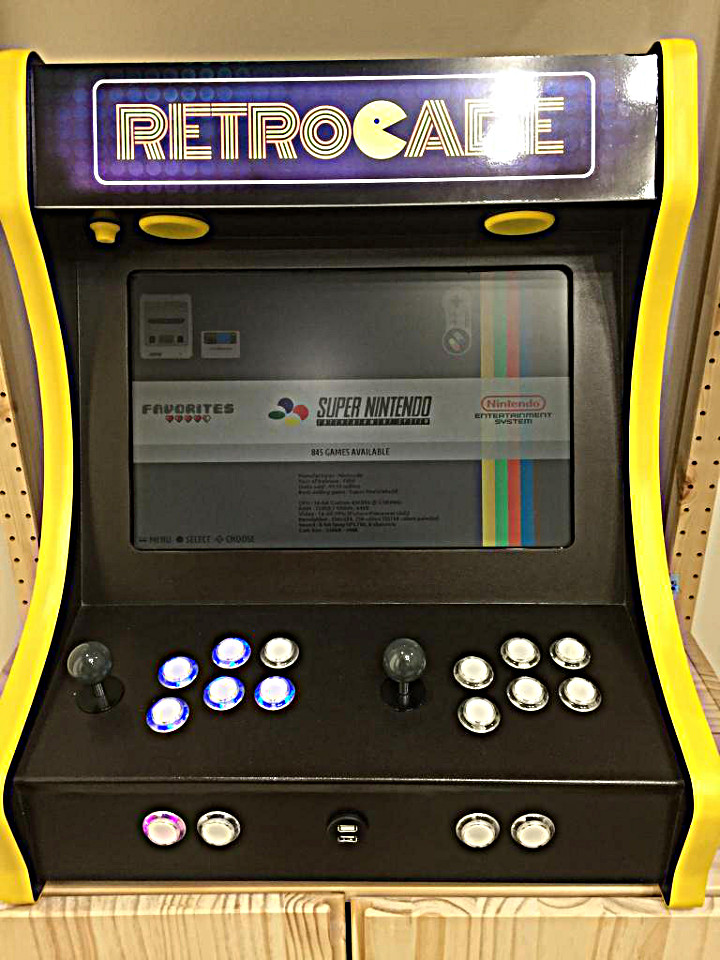Mario the Maker Magician made a Robot Bunny that can be magically pulled out of a hat.
The bunny is made from flexible PLA. LED Matrixes were used for the eyes and a couple of servos were used for the paws.
Mario said the what he learned most from the project was how to multi-task with the Arduino platform – taking the delay function out of his code, but still being able to control 7 LEDs and make 2 servos work at the same time. The size of the Teensy was perfect for this magical bunny.
